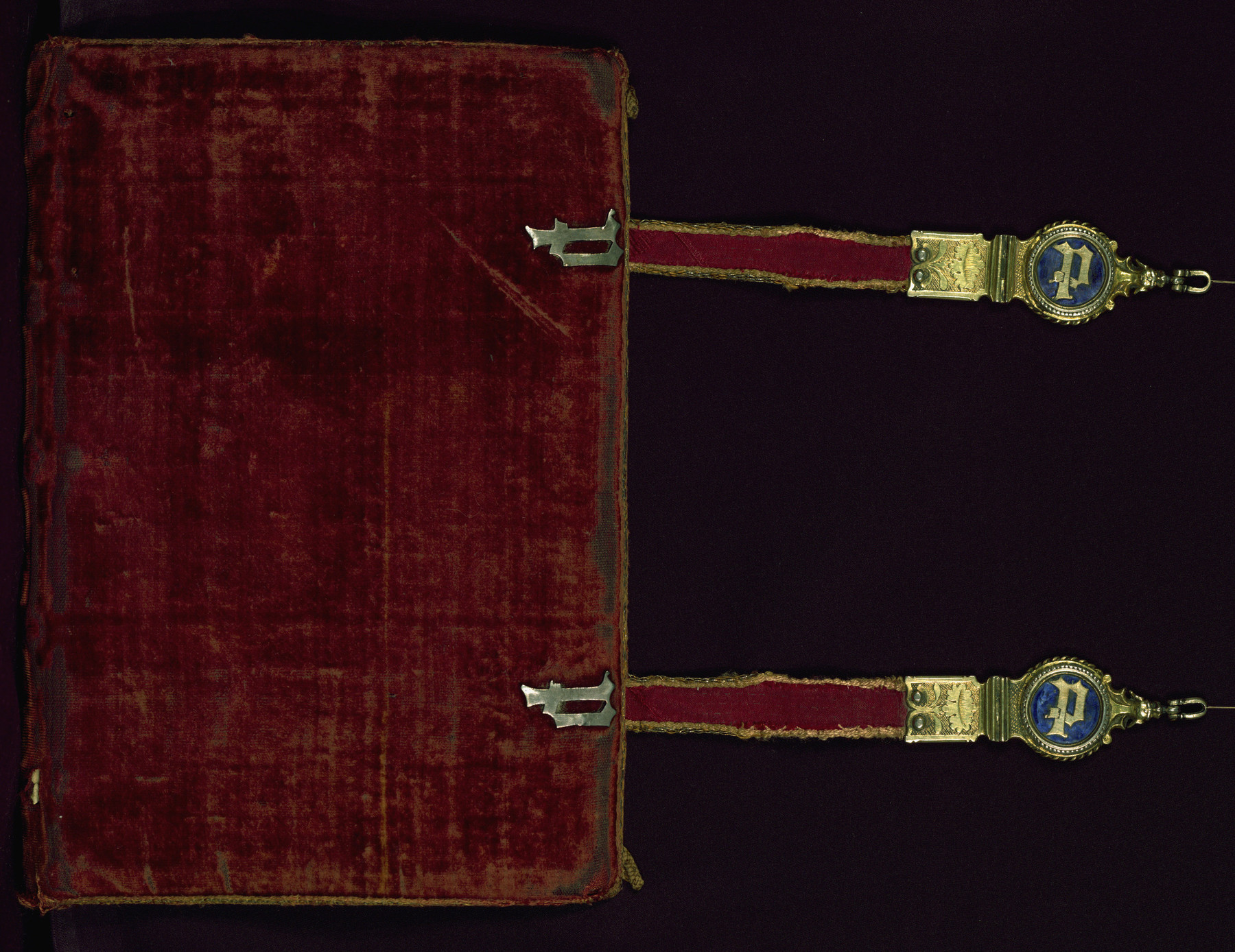Psalter and Office of the Dead
Provenance
Provenance (from the French provenir, 'to come from/forth') is the chronology of the ownership, custody, or location of a historical object. Learn more about provenance at the Walters.
Crohin family, Hainaut, Belgium, 15th or 16th century [1]. Acquired by Gruel and Engelmann, Paris, late 19th-early 20th century [2]; purchased by Henry Walters, Baltimore; by bequest to Walters Art Museum, 1931.
[1] Armorial shields added on fols. 2v, 12r, 108r, 159r, and 184r and birth and death notices added on fols. 195v-197r
[2] Bookplace inscribed No. 467, Gruel catalog number "No. 3" written on dealer note
Exhibitions
| 1997-1998 | Covered in Meaning: Book Bindings from The Walters. The Walters Art Gallery, Baltimore. |
| 1996 | The Psalms of David in the Middle Ages. The Walters Art Gallery, Baltimore. |
| 1993 | The Art of Fine Binding in the Renaissance. The Walters Art Gallery, Baltimore. |
| 1992 | Manuscript Illumination in Flanders. The Walters Art Gallery, Baltimore. |
| 1984-1985 | Illuminated Manuscripts: Masterpieces in Miniature. The Walters Art Gallery, Baltimore. |
| 1977-1978 | Splendor in Books. Grolier Club, New York; The Walters Art Gallery, Baltimore. |
Conservation
| Date | Description | Narrative |
|---|---|---|
| 9/6/2013 | Treatment | examined for digitization; loss compensation; media consolidation; splits mended |
Geographies
Belgium, Hainaut (Place of Origin)
Measurements
Folio H: 7 9/16 × W: 5 3/16 in. (19.2 × 13.1 cm)
Credit Line
Acquired by Henry Walters
Location in Museum
Not on view
Accession Number
In libraries, galleries, museums, and archives, an accession number is a unique identifier assigned to each object in the collection.
In libraries, galleries, museums, and archives, an accession number is a unique identifier assigned to each object in the collection.
W.117


